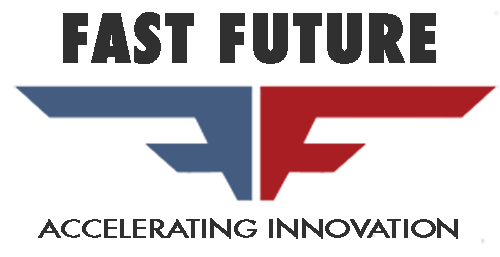Firm to develop COVID vaccine for animals | $19 M toward new stroke treatment
Firm to develop COVID vaccine for animals
MILWAUKEE, WI—Biotech firm PlantPharm BioMed has been awarded more than $900,000 by the U.S. Department of Agriculture Animal and Plant Health Inspection Service to develop a feed-delivered COVID vaccine for animals. PlantPharm’s edible vaccine will allow wild animals to self-vaccinate via feeding stations, and farmed animals to be easily vaccinated through the addition of an oral solid dose of the pelletized vaccine mixed into their normal feed rations without the need of a needle injection. Additionally, domestic pets including dogs and cats can be easily protected with an edible vaccine-treat preventing possible transmission of pathogens to their human family members.
UC Gardner Neuroscience Institute receives $19M to find new stroke treatment
CINCINNATI, OH—The University of Cincinnati Gardner Neuroscience Institute has received $19 million in federal funding to find a new treatment for victims of stroke. Stroke treatments, like cold-busting, have come a long way but many of them have to be performed within 4.5 hours of symptom onset. These researchers are hoping that they can offer more treatment options in instances where time may be limited.
Measuring employee emails across global teams
OMAHA, NE—Nebraska startup Workshop offers a platform for creating, sending, and measuring employee emails across global, distributed teams through drag-and-drop templates and detailed analytics. The company has landed $12 million Series A funding round led by McCarthy Capital, with participation from Midwest venture funds including Ludlow Ventures and M25.
New life to the old
MILWAUKEE, WI—A startup with 18 employees is trying to create the world’s first commercially viable electrostatic motor. C-Motive’s founder Dan Ludois, a professor of electrical engineering at UW-Madison, said his company’s motors are better for the environment. Unlike conventional electric motors the electrostatic motor works by using minimal copper and no rare earth metals, eliminating the need for their mining and refining.
